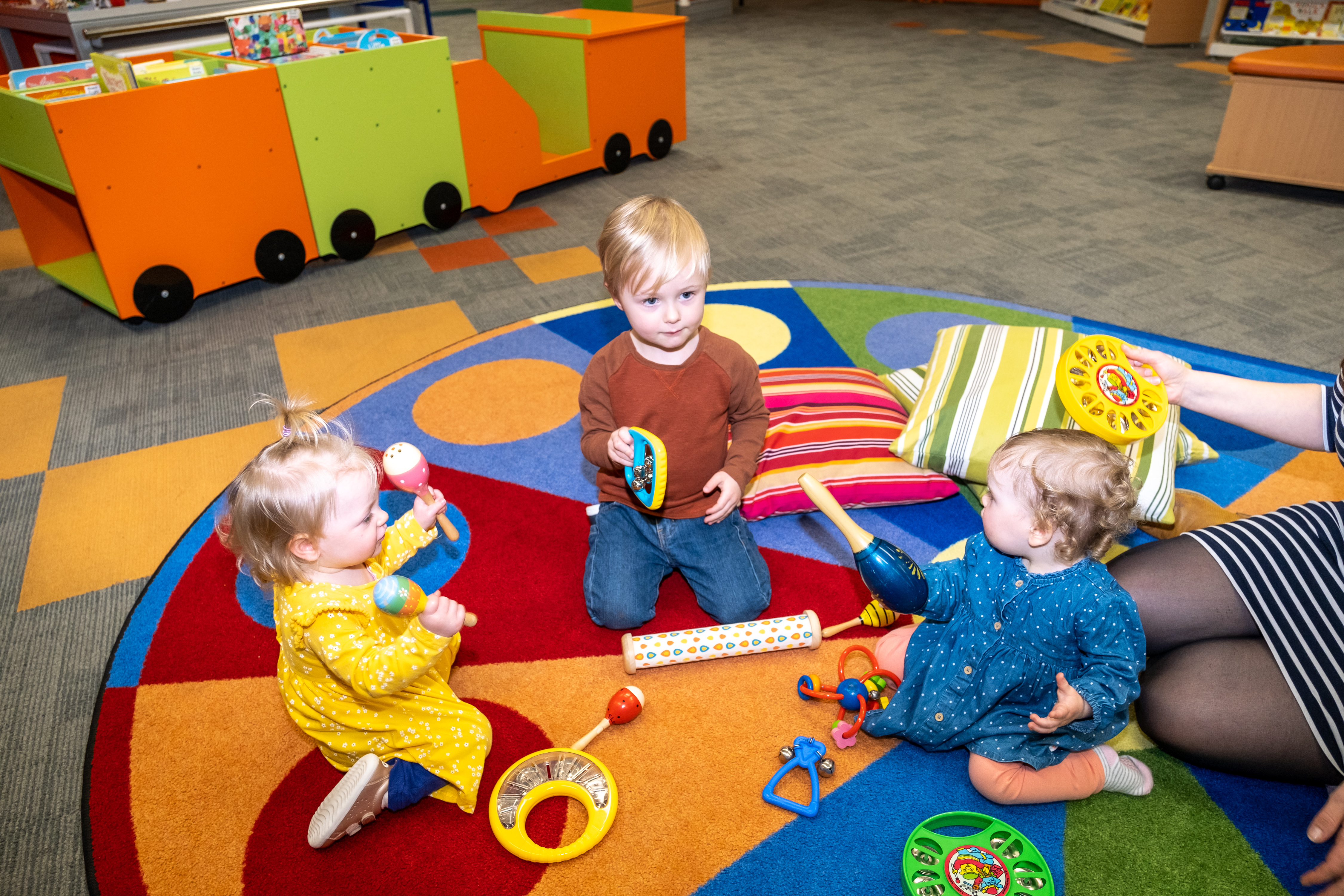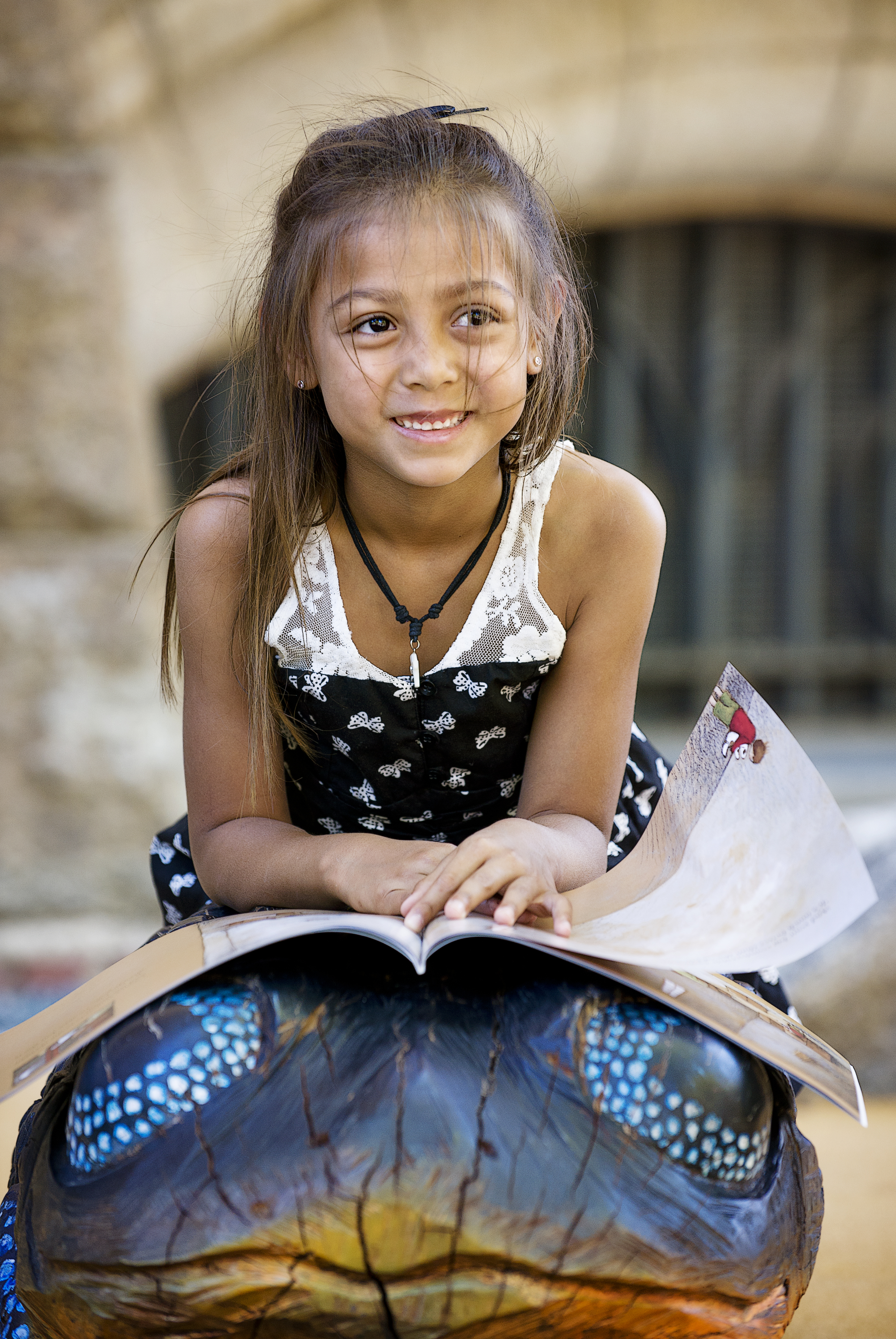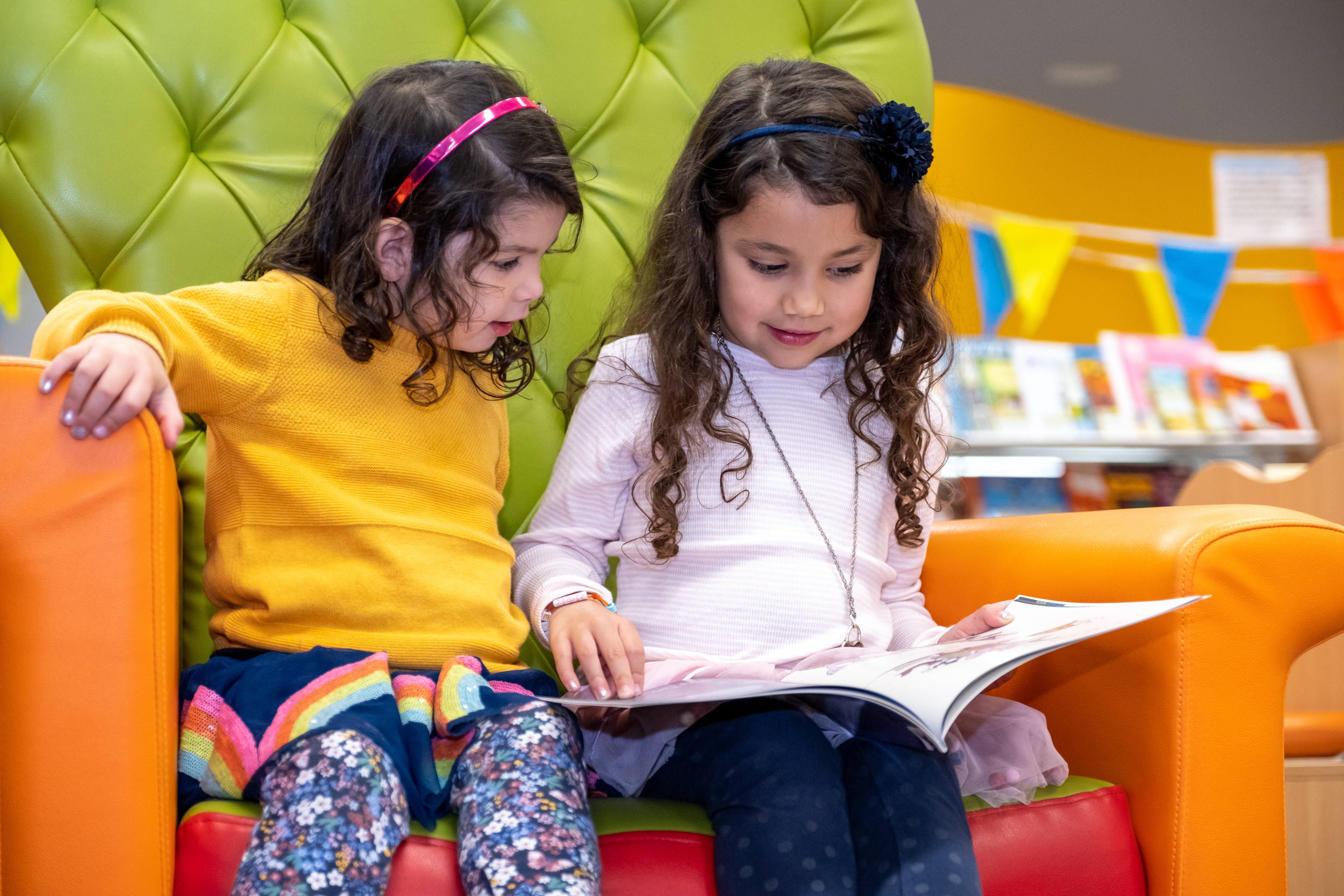Better Beginnings encourages all families to Read, Talk, Sing, Write and Play with their child every day.
To become a successful reader, a child needs to develop all three of the following skills:
- Recognition: Reading is learning the code between letters and sounds.
- Comprehension: Understanding the meaning of the code.
- Fluency: Reading text accurately, quickly and with expression. Fluency is a bridge between recognition and comprehension.
For most children, these three skills take until around the age of eight or nine to develop. While they are learning to read, children still benefit greatly from listening to stories read by adults, so Better Beginnings encourages families to continue reading aloud to their child through Kindergarten and well into the primary school years. This helps children to continue to experience fun and enjoyment from books and stories, even when they find learning to read a difficult task to master.
Below is a guide to the developmental timeline of literacy related skills for 3 - 5-year old’s, along with some suggestions for how libraries can support families with the development of their child’s early literacy.

3 - 4 years:
- Recognises a few familiar words in print. When reading at Story Time, point out and read the words that appear on incidental signs and labels in the illustrations. If children are not yet able to sound out letters, focus on just one letter to help children to develop their Letter Knowledge. Point out the words in repeated refrains each time you read them.
- Recognises own name in print. Talk about the shape of letters; play a matching game with letters; point out words that are written in interesting print; talk about how the size of a word changes how you read it (i.e. large font means read the word loudly).
- A child has a vocabulary of around 1,500 words. Include books with interesting and unusual words during Story Time. Use familiar words to explain the unfamiliar words. Include a non-fiction book in your sessions when appropriate and promote the borrowing of the non-fiction books to parents to parents.
- A child can sing whole songs by themselves. Include songs and rhymes in Story Time sessions. Encourage children to join in with you and parents to continue singing at home.
- Draws some recognisable shapes e.g. draws a circle or straight lines or can copy a square. Include open-ended drawing activities in your library Story Time sessions. Encourage parents to ask their child to describe their drawings and write down the child’s description.
- Can write some letters from their name from memory. Encourage children to ‘write’ their name on their Story Time activities and praise their attempts.
- Plays cooperatively with peers, using language to ‘set the scene’. Include craft and/or play activities in Story Time sessions to provide experiences of playing in groups.
By their fourth birthday, most children are starting to recognise some letters, familiar words and are getting more practiced at manipulating the smaller sounds in words.

4 - 5 years:
- Reads several words and phrases – should be able to remember a growing “bank” of simple words that they see frequently (the, he, she, this, it, a, an). Establish and promote an Early Reader collection.
- Sounds out simple words – sounds out and blends sounds for simple consonant and vowel combinations (cat, hat, bag, big, sun, nut). Clap out syllables of words from books you read at Story Time to help them hear the sounds that make up words. Point out words in the books that you read at Story Time and ask children to name other words that start with the same sound. Play a game where children match the words that rhyme.
- A child uses their growing vocabulary and increasing knowledge of sentence structure for more precise communication. A child at five has a vocabulary of around 2,500 words. Add extra words to the text when you share a book with this age group; use familiar words to explain unfamiliar words while reading at Story Time. Talk about the different meanings that some words have. Ask questions that cannot be answered with just ‘yes’ or ‘no’.
- Can retell a simple story plot or sequence – tells what came first, next, etc. for a familiar story. Make simple puppets as a Story Time craft or provide puppets or felt boards to play with as a Story Time activity and encourage children to act out and retell stories in their own words.
- Writes name from memory, with all letters written correctly most of the time and in the correct order. Encourage children to ‘sign’ their Story Time art/craft.
- Draws shapes and simple pictures that are recognisable. Include open-ended art activities in your library Story Time sessions.
- May act out familiar roles e.g. shop keeper, doctor. Provide props for pretend play as part of Story Time activities. Include literacy activities as part of this play by encouraging children to ‘write’ shopping lists and ‘write’ out prescriptions.
Selecting Books for 3 - 5-year-olds
Include some books in your Junior collection that:
- range from simple stories to increasingly complex plots and longer stories
- have beautiful language with interesting words
- have rhyming text, onomatopoeia or alliteration
- have writing in the pictures e.g. speech bubbles, signs or labels in the illustrations
- build knowledge of concepts such as opposites, feelings, spatial relationships
- have a strong story structure e.g. an obvious beginning, middle and end
- are highly illustrated non-fiction books on high interest topics that are suitable to share with this age group
- have beautiful illustrations
- depict familiar characters or experiences relevant to the child’s age e.g. daily family routines,
- explain new experiences e.g. new baby, new house, starting school
- books that show characters writing or reading as part of the story
A separate Early Reader collection can be useful for families to easily find books that help children who are just starting to learn to read themselves. The characteristics of books that make up this type of collection include:
- range of 1 - 2 words per page to maximum of 1 - 2 sentences per page
- limited vocabulary – mostly sight words
- repetition of phrases, sounds, sentence structures and/or rhyming words
- easy to read fonts, preferably serif fonts
- clear contrast between illustrations and text
- illustrations that give new readers visual clues to decode the text
For book suggestions suitable for Kindergarten-aged children, refer to the recommended titles on the Better Beginnings booklists. You can also search for other titles using the Better Beginnings Book Finder.

